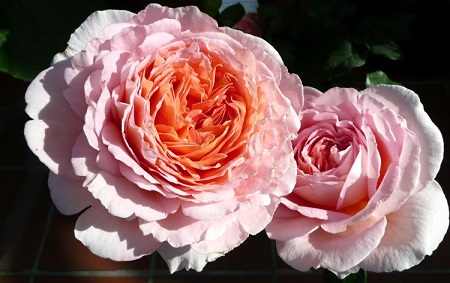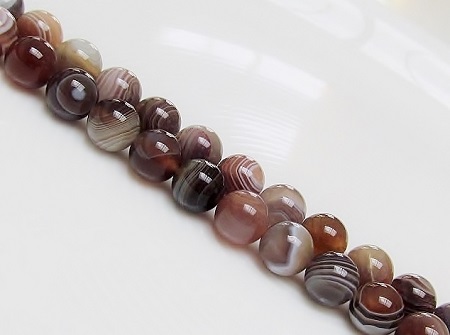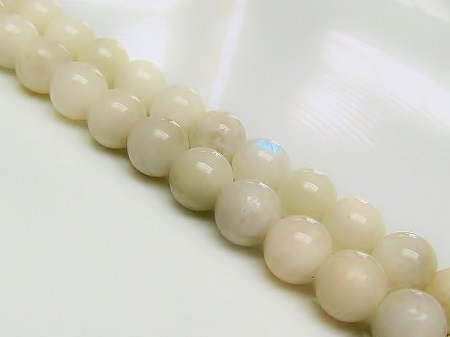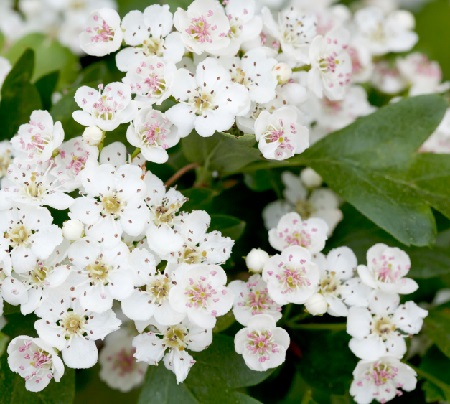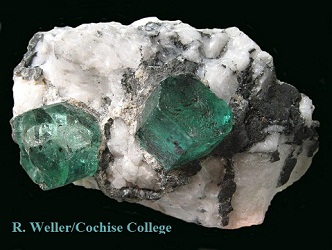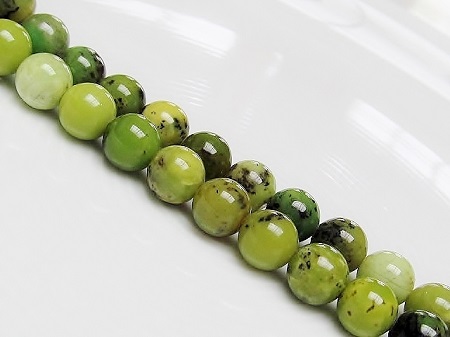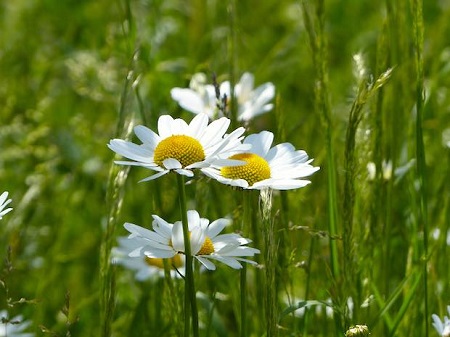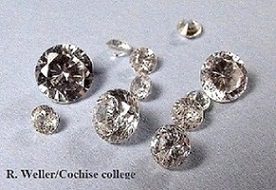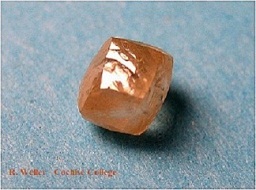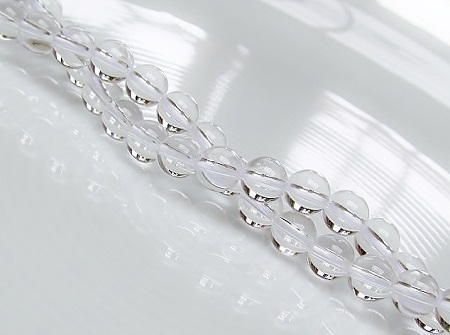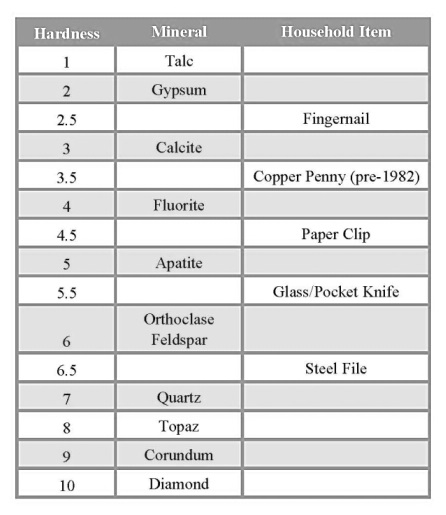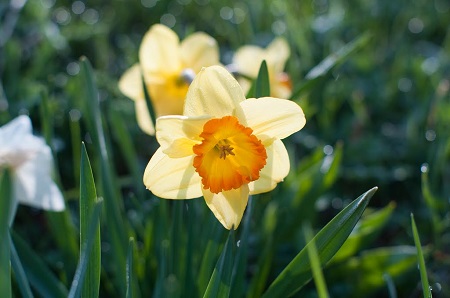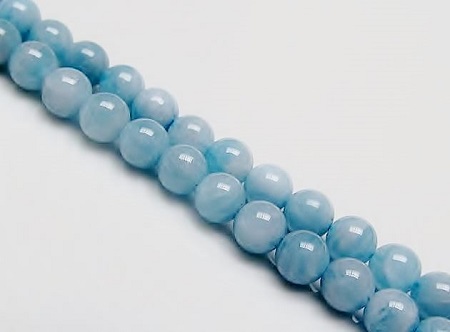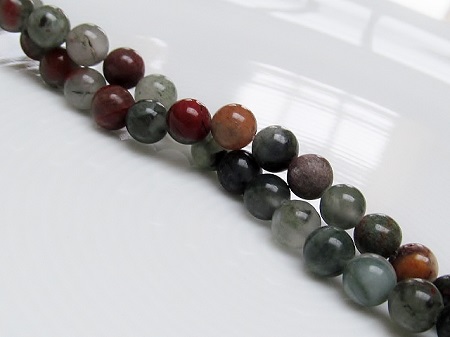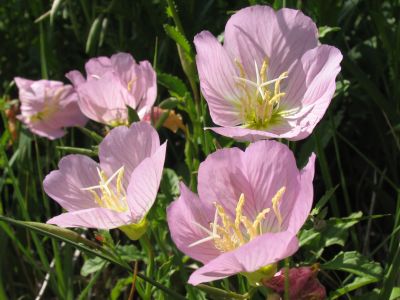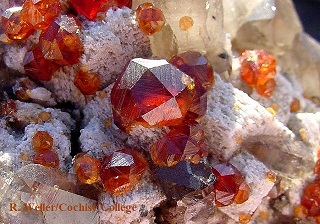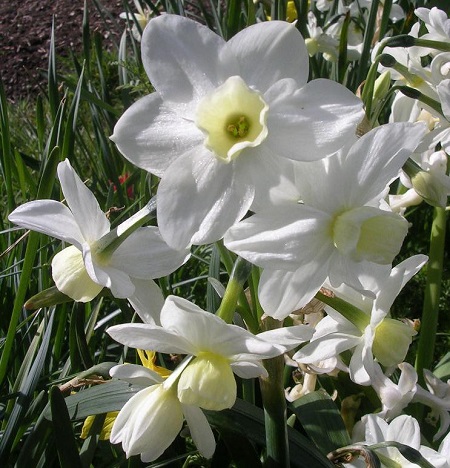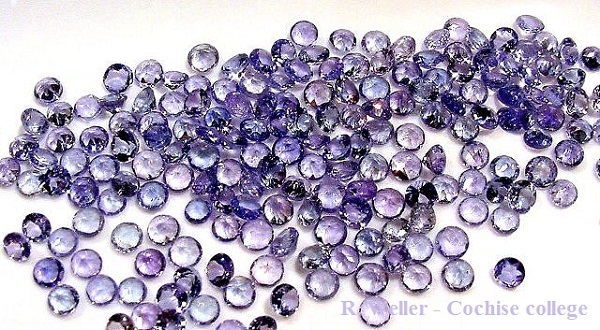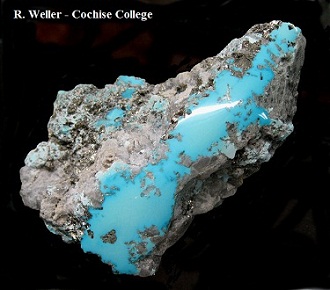What is allergy ?
It is a violent reaction of the immune system to substances to which the body normally does not react violently, for example hay fever in response to grass pollen. The immune system reacts with the production of antibodies, and thus it is a process that builds itself up little by little with each contact. As a result allergy can occur at any time in life.
The terms: nickel-free, lead-free and hypoallergenic
Hypoallergenic:
This is a term used in the world of cosmetics by which the manufacturers indicate that there is little chance that while using their product an allergy will occur. It does not mean that with a sensitive skin no allergies will appear and makes no warranty.
Lead-free:
Neither iron, lead, tin or zinc will cause skin disorders. Remember, zinc ointment is used for a baby's bottom and acne disorders. Therefore JBB tin alloys or components in European Zamak will not cause any allergy.
Lead is a culprit when ingested, making it enter the bloodstream and causing lead poisoning. So for the adult jewelry containing lead is not a problem; however, when it ends up in the mouth of a child it is, therefore, the manufacturer specifies if his product is lead-free.
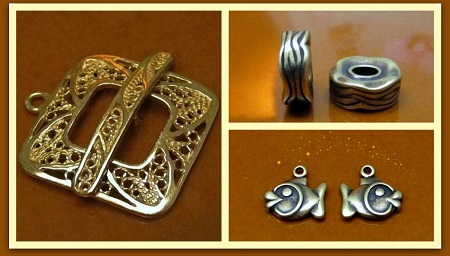
Nickel-free:
Nickel and nickel salt are part of our environment and can cause both contact dermatitis and skin inflammation. Nickel is not only found in nickel-plated iron (change), stainless steel (cookware), chromium (taps) and water, but also in some silver alloys and inexpensive gold and as a consequence is difficult to avoid.
Nickel can occur in jewelry and watches, but also in the metal parts of clothing, such as buttons and buckles, if they have a base of nickel-plated iron. Nickel allergy usually starts when wearing earrings and consequently occurs more often in women than in men.
Advice:
Nickel is released through perspiration and humidity and at the slightest irritation from soap or shampoo an allergy usually develops in the form of an eczema, which spreads over the body through contact.
Consequently, keep your skin dry and:
- Take your rings off during 'wet' work , carefully remove soap residue.
- Hair wash: remove your earrings and put them back on when your hair is dry.
- Do not wear jewelry with nickel during sport activities.
- Sensitive skin, we recommend to avoid jewelry containing nickel altogether.
Shop for nickel-free @ https://dunebeads.com/en/metal-beads !
Did you = Like = this article ? Have fun ... see you soon !




